Flexistar
Extra-flexible, single-component, fibre-reinforced cementitious polymer sheath for waterproofing and protecting concrete.
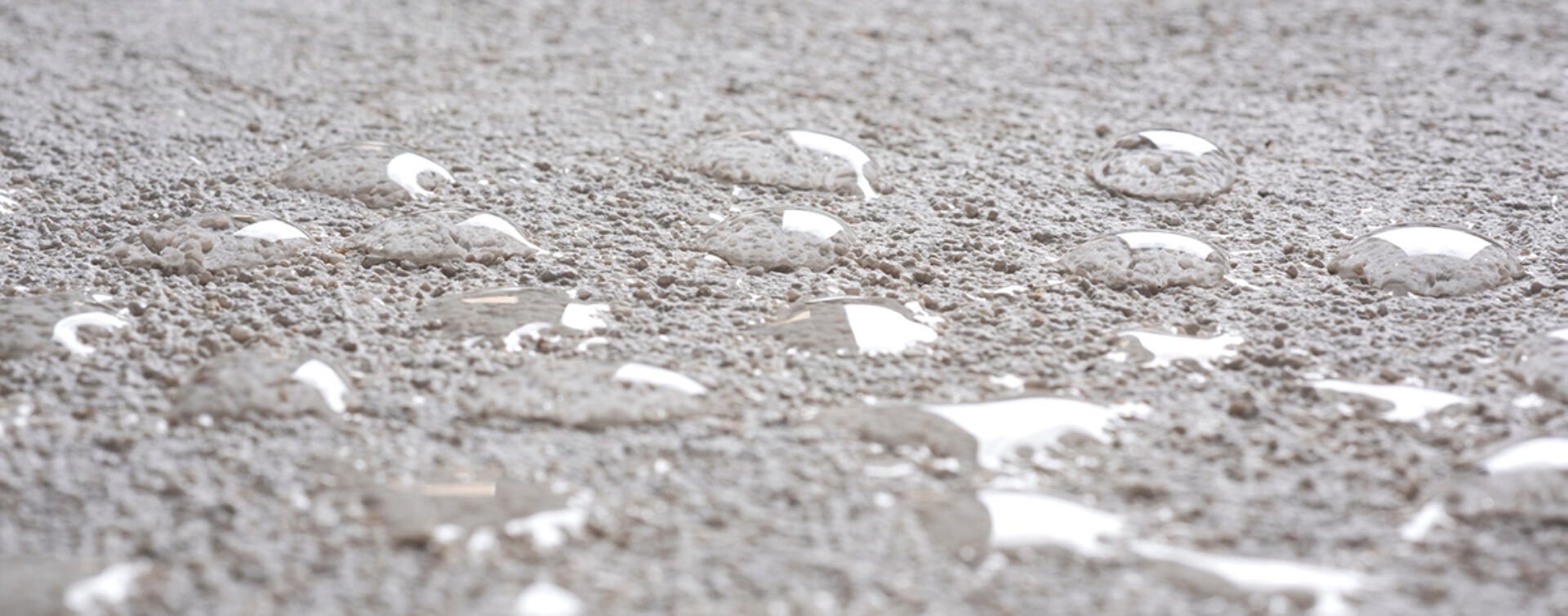
Extra-flexible, single-component, fibre-reinforced cementitious polymer sheath for waterproofing and protecting concrete.
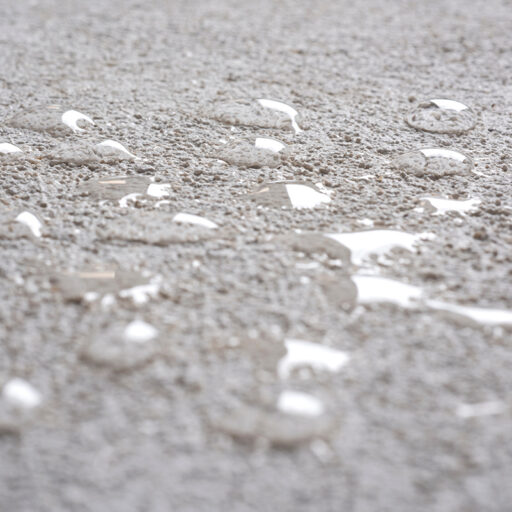
Application areas
Discover more
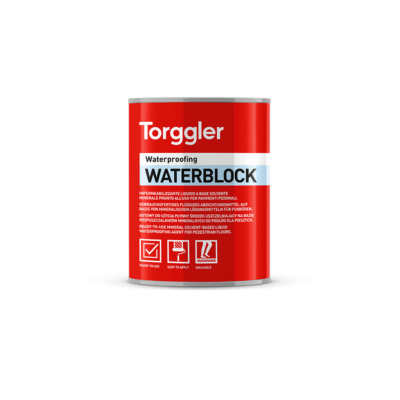
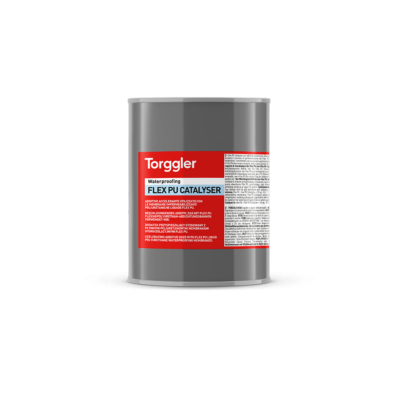
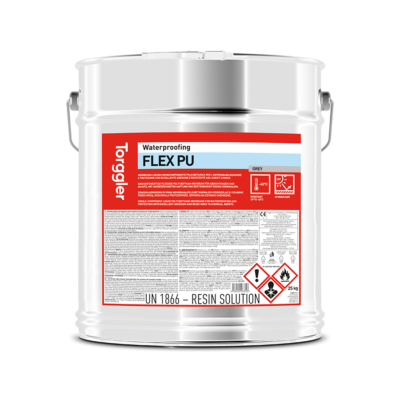
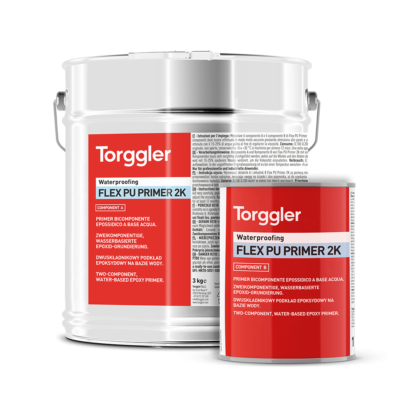
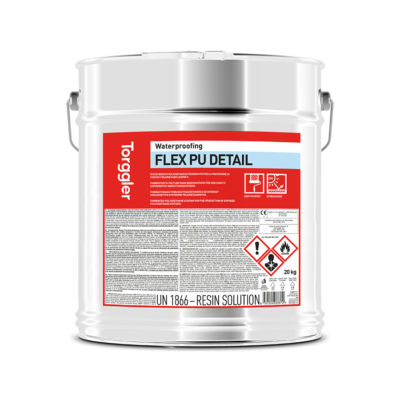
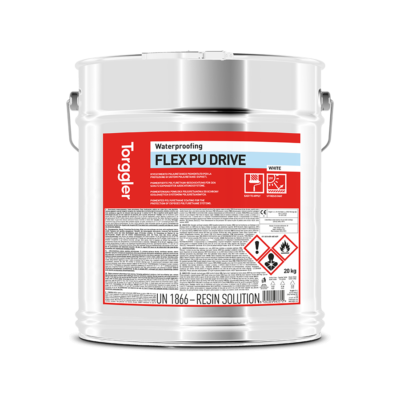
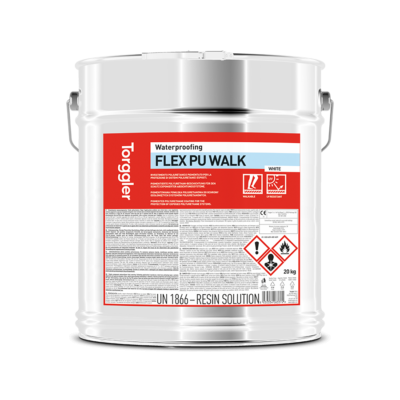
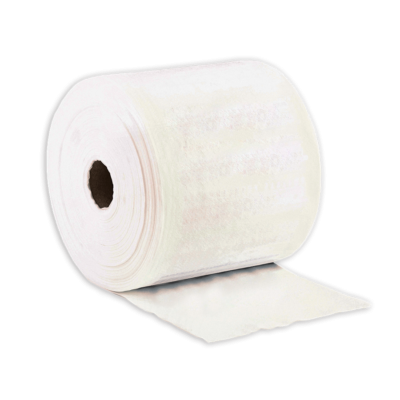
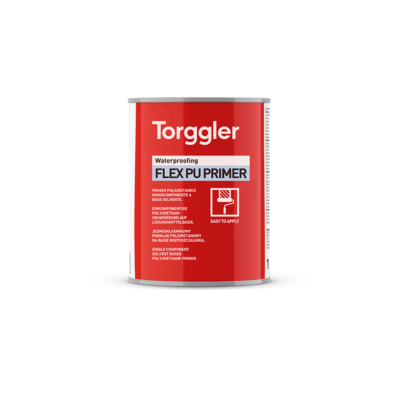
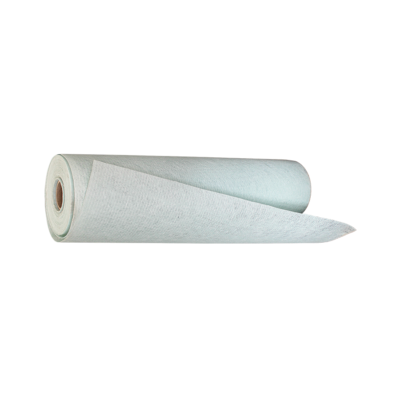
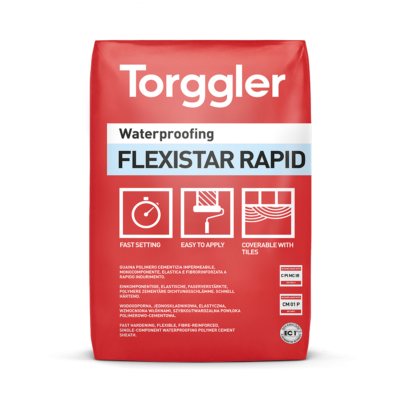
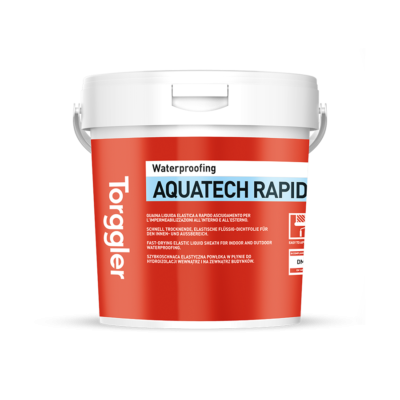
Flexistar is a grey single-component, pre-mixed, elastic, polymer-cement sheath based on special highly flexible polymers, cement, selected fine-grained aggregates, fibres and specific additives, for protecting concrete, classified C according to EN 1504-2 for PI, MC, IR, according to EN 1504-9 and for flexible waterproofing before installing ceramic elements, type CM P according to EN 14891. Once mixed with water, a mixture having excellent workability is obtained, which is easily applied with a roller, brush and trowel, even vertically without dripping and scraps, with excellent adhesion to the substrate. It is featured by high flexibility that allows it to withstand cracks in the substrate up to 1 mm. It is resistant to frost-thaw cycles and thawing salts, and has excellent resistance to the spread of CO2. It keeps excellent elasticity even at low temperatures. The product is certified by GEV as EC1 Plus for its very low emissions of volatile organic compounds.
Preparation for use
Substrates must be damp, solid and regular but sufficiently roughened, clean and sound, free of oil and grease, dust, crumbly material and dirt in general, and free of residues of paint film, and must be suitably cured and free of significant shrinkage. In case of efflorescence these must be carefully removed on the surface by mechanical cleaning. Imperfections and surface irregularities such as gravel nests, eroded or deteriorated points, spacer holes in the reinforcement formworks, must be repaired beforehand and evened out with a suitable mortar. Where an elastic connection is not necessary, round off the wall-floor connections in a concave (shell) shape. Just moisten the surface to be waterproofed, taking care to remove any film of surface water with a dry sponge.
Product preparation
Depending on the type of application used, mix Flexistar with the following amounts of clean water:
Roller and brush application:
32-36% (equal to 6.4-7.2 litres per 20 kg bag).
Trowel application:
21-23% (equal to 4.2-4.6 litres per 20 kg bag).
In a special container pour all the mixture water, then pour the powder product slowly using a mechanical stirrer (low-speed drill with a specific propeller). Once the powder has been completely poured mix until the mixture is homogeneous and free of lumps. Allow to stand for approx. 10 minutes, then mix briefly and if necessary correct the consistency with a small addition of water. The mix thus prepared remains workable for about 1 hour under normal conditions (at 20 °C); at higher temperatures the workability time is shortened, at lower temperatures the workability time is extended.
Istruction for preparation
Roller application: apply the product in at least 2-3 coats, waiting between one coat and the other long enough to allow the previous coat to harden (about 4-6 hours at 20 °C). For roller application it is recommended to use a medium hair roller. Brush application: apply the product in at least 2-3 coats, crossing the direction of application of each coat with respect to the previous one and waiting between one coat and the other long enough to allow the previous coat to harden (about 4-6 hours at 20 °C). Trowel application: apply the product in at least two coats, waiting between one coat and the other long enough to allow the previous coat to harden (about 4-6 hours at 20 °C). In the presence of pre-existing perimeter joints, expansion joints or connection joints, apply the appropriate coats of Flexistar applied to the edges and first millimetres of the sides of the joint, avoiding clogging, possibly with the help of a polystyrene and/
or polyurethane strip. After sufficient hardening of the last coat of the waterproofer, remove the strip, clean and remove the residues, if any, from the joint and then seal it. It is advisable and, in cases of highly stressed joints and/or in situations where adhesion may be critical, it is necessary to primer the sides of the joint with primer, before applying the sealant, in order to guarantee maximum performance in terms of mechanical seal and waterproofing of the system. Particular attention must be paid to waterproofing at corners and/or floor-wall connections if these, even in the absence of expansion joints, are characterised by a certain mobility; in this case, before applying the various coats of Flexistar, it is necessary to install a tape on top and along the line at the connection. The area adjacent to the connecting line must be sufficiently regular and uniform to ensure adequate positioning and correct adhesion of the self-adhesive tape; if this is not possible, the area should first be regularised with other mortars and/or skimming such as Rinnova, Monorasante, Multifinish or Mastofix, opting for the most suitable product according to the nature and condition of the substrate, the level of irregularity and the mechanical strength guaranteed by it. The surface waterproofed with Flexistar, while having good mechanical resistance, is not suitable to withstand the continuous traffic of people and/or vehicles and its impact resistance is limited, so if the surface has to be regularly used, it will be necessary to install a ceramic covering or other protective flooring. On the surface waterproofed with Flexistar and hardened for at least 7 days, ceramic floor and/or wall tiles can be bonded with Tile 900, Tile 700, Tile 480, Tile 350, Tile 250 or with T 250 and T 50 mixed with Flex. When installing ceramic floor and wall tiles, it will be necessary to respect the joints and fittings by sealing the ceramic elements matching them, after appropriate curing of the cementitious grouting of the joints, with silicone sealants from the Torggler Silicone line. In case of doubt about the most appropriate adhesive and/or sealant and/or for further processing, contact the Torggler Technical Assistance Service. The tools used for applying Flexistar can be cleaned with water before the material hardens; afterwards cleaning can only be carried out by mechanical removal. In case of contact with drinking water, allow Flexistar to harden for at least 14 days. Then wash thoroughly with water and remove the wash water before filling.
Flexistar must be stored in a dry and sheltered place. In the original closed 5 kg bags it will keep for at least 24 month and in 20 kg bags it will keep for 12 months.
| Color | Code | Packaging | Packaging size | Pallet | Barcode |
|---|---|---|---|---|---|
| Grey | 5324 | bag | 4x5kg |
40 cardboards
|
|
| Grey | 5002 | bag | 20kg |
50 bags
|
| POWDER PRODUCT VARIATIONS | |
| Consistency | powder |
| Bulk density (according to EN 2811) | 930 kg/m3 |
| Particle size (EN 12192-1) | 0 – 0,15 mm |
| Ash content (EN 3451-1) | 71,6% |
| FRESH MIXTURE VARIATIONS | |
| Mixing water: roller and brush application | 32 -36 % (6.4 – 7.2 litres per 20 kg bag / 1.6-1.8 litres per 5 kg bag. |
| Mixing water: trowel application | 21 -23 % (4.2 – 4.6 litres per 20 kg bag / 1.1-1.2 litres per 5 kg bag. |
| Mixture consistency | Plastic workable with trowel or fluid |
| mixture pH | > 12 |
| Mixture density (EN 1015-6) | 1500 kg/m3 |
| Mixture workability time | > 60 minutes |
| Waiting time for setting between coats | 4 to 6 hours depending on the porosity of the substrate and the environmental conditions |
| Full curing time | 28 days |
| Application temperature | +5 °C to +35 °C |
| Operatig temperaure | +20 °C to +90 °C |
| DETERMINATIONS ON HARDENED PRODUCT ACCORDING TO EN 1504-2 * | REQUISITION/LIMIT/CLASS | |
| Permeability to water vapour (EN 7783) | SD =1.1 m (thickness 2 mm) | Class I (SD 5m , permeable) |
| Liquid water transmission rate (EN 1062-3) | w = 0.03 kg/(m2*h0.5) | w < 0.1 kg/(m2*h0.5) |
| Pull-off adhesion (EN 1542-1) | 1.8 MPa (on dry concrete) | With no traffic: > 0.8 MPa |
| Pull-off adhesion (EN 1542-1) | 1.8 MPa (on dry concrete) | With traffic: > 1.5 MPa |
| Permeability to CO2 (EN 1062-6) (method A) | SD (CO2) = 139 m | > 50 m |
| Cracking capacity (EN 1062-7) (method A; static) | 0.580 mm (23 °C) | Class A3 (23 °C) |
| Cracking capacity (EN 1062-7) (method A; static) | 0.617 mm (-10 °C) | Class A3 (-10 °C) |
| Cracking capacity (EN 1062-7) (method B; dynamic) | No cracking after 1000 cycles, maximum width 0.150 mm | Class B2 (23 °C) |
| Exposure to artificial weathering (EN 1062-11) | No swelling, cracking and delamination. Colour change (clearer). Chalking | No swelling, cracking, flaking. Slight colour change, loss of gloss and chalking can be accepted, but they must be described. |
| HARDENED PRODUCT VARIATIONS ACCORDING TO EN 14891 | REQUIREMENTS | |
| Initial tensile adhesion strength** (EN 14891 A.6.2) | 1,9 N/mm² | ≥ 0.5 N/mm² |
| Tensile strength after immersion in water** (EN 14891 A.6.4) | 1,5 N/mm² | ≥ 0.5 N/mm² |
| Tensile strength after exposure to heat** (EN 14891 A.6.5) | 2,5 N/mm² | ≥ 0.5 N/mm² |
| Tensile strength after freeze-thaw cycles** (EN 14891 A.6.6) | 1,3 N/mm² | ≥ 0.5 N/mm² |
| Tensile adhesion strength after immersion in lime water** (EN 14891 A.6.9) | 1,4 N/mm² | ≥ 0.5 N/mm² |
| Waterproofing (EN 14891 A.7) | No penetration | No penetration |
| Waterproofing (EN 14891 A.7) | Weight increase 3 g | Weight increase ≤ 20 g |
| Impermeability (according to DIN 1048) of positive hydrostatic pressure (thickness > 2.0 mm) | resists | 28 days at 1,5 bar |
| Resistance to negative hydraulic pressure, UNI 8298/8 (thickness > 2.0 mm) | resists | 0,5 bar in 72 hours |
| Crack bridging ability under standard conditions (EN 14891 A.8.2) | ≥ 0.75 mm | ≥ 0.75 mm |
| Tensile strength after immersion in chlorinated water** (EN 14891 A.6.8) | 1.5 N/mm² | ≥ 0.5 N/mm² |
| Classification according to EN 14891 | CM P | |
| Reaction to fire class (EN 13501-1) | B-s1,d0 | |
| Consumption | approx. 1.2 kg/m2 each mm of thickness | |
| Maximum achievable thickness | 3 mm |
The total requirement for a minimum total thickness of 2 mm is 2.4-2.6 kg/m². The consumption of Flexistar using a roller or brush is about 0.6 kg/m² for each thickness coat, using a trowel it is about 1.0 kg/m² each coat.
Contact our team for personalized support and product guidance.